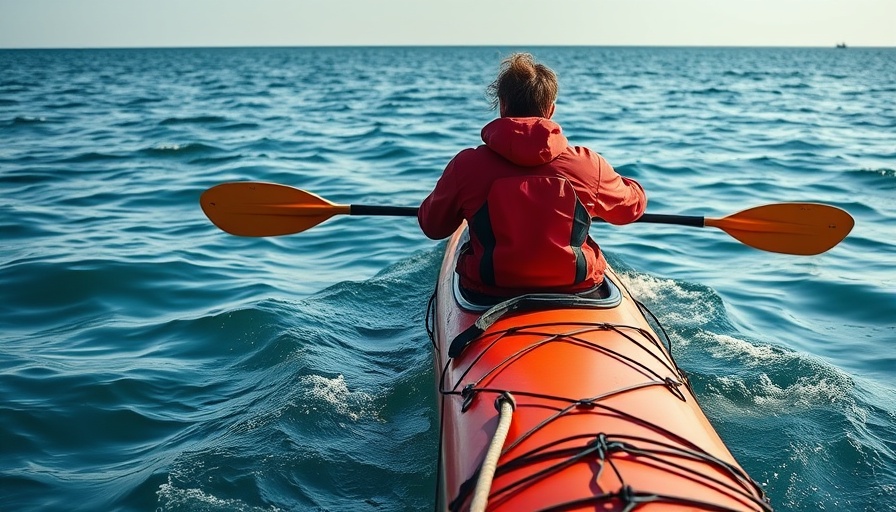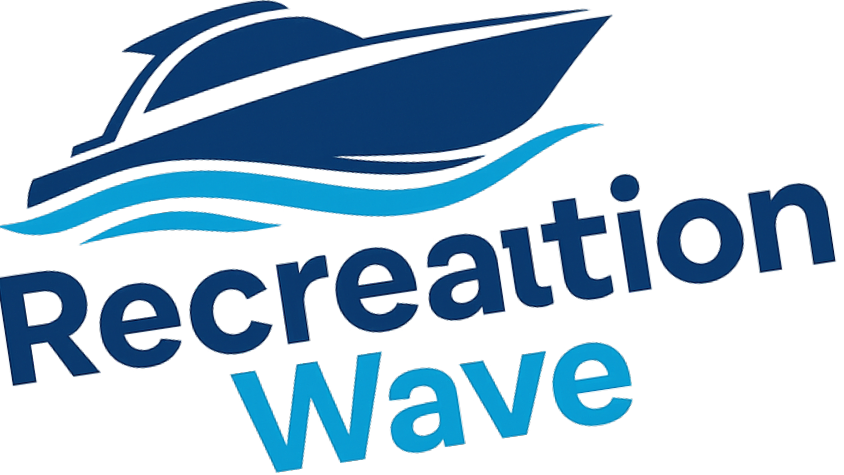
Why Knowing How to Kayak Tow is Essential
Every paddler knows that the waters can be unpredictable, and sometimes, those we venture out with can find themselves in need of a little extra support. Whether it's an unexpected gust of wind or an unanticipated wave, knowing how to kayak tow your friends out of trouble can mean the difference between a fun day on the water and a stressful situation. This essential rescue technique not only provides a safety net but also fosters camaraderie and teamwork among kayakers.
The Basics of Kayak Towing
The most straightforward method of towing is the inline tow, which involves attaching a towline to the bow of the kayak that needs assistance. This allows the rescuer to pull the kayak along behind them. To perform an effective inline tow, you'll need a sturdy towline, designed specifically for this purpose. A good towline includes a carabiner for easy attachment to your kayak and a quick-release system to ensure you can disengage safely and swiftly in case of an emergency.
Samantha, a water sports expert, emphasizes the importance of accessibility: "I prefer a towline that’s integrated into a personal flotation device (PFD) so it’s always on me—readily available, which can be crucial in emergency situations." This integration removes the hassle of clipping on equipment since the setup is streamlined and close at hand when urgency strikes.
Choosing the Right Gear for Towing
When it comes to towlines, there are short options, often called cow tails, and longer systems that cater to different scenarios. A short tow—between one to three meters (three to ten feet)—is great for quick deployments but comes with risks of collision if not managed carefully. Meanwhile, long towlines ranging from 10 to 15 meters (30 to 45 feet) help create a safer distance. This is especially useful when you encounter rough conditions or high waves, where maintaining space can stave off potential accidents.
Moreover, to further ease the strain on both the towing paddler and the towed boat, consider a towing setup with shock absorption. This can significantly reduce the physical tax of towing, particularly when battling strong current or wind. However, it’s important to refrain from using long towlines in dangerous surf or rapids due to the increased risk of entanglement in challenging terrains.
The Emotional Connection: Teamwork on the Water
Facing challenges on the water can foster deep connections between paddlers. Knowing you can rely on someone to tow you can boost morale and enhance the spirit of teamwork within a group. Moreover, sharing these experiences can rekindle a sense of community, as you motivate and encourage each other through the highs and lows of water sports. Paddlers often recall pivotal moments shared with friends, overcoming obstacles together and making lasting memories.
Practicing Your Towing Skills
To safely and effectively use towing techniques, practice is key. Pair up with fellow paddlers and take turns towing each other in controlled conditions before heading into more challenging waters. This helps in building confidence and honing skills, not just for individual capability but for the overall safety of the group. Remember, every successful paddler is equipped not just with physical skills, but also with essential teamwork practices.
As they say, the best journeys are those shared. Equip yourself with the knowledge and skills to kayak tow your friends, and you’ll find not just adventure, but also a deeper connection with the waters and the paddling community.
Take Action Now
So grab your gear, don your PFD, and practice those towing skills with your paddling buddies! The more you prepare, the more confident you'll feel when faced with unexpected challenges on the water. Together, let’s create a supportive environment where every paddler experiences adventure safely.
 Add Row
Add Row  Add
Add 




Write A Comment